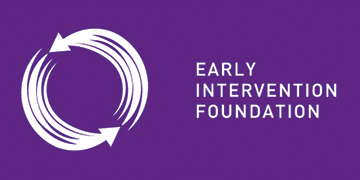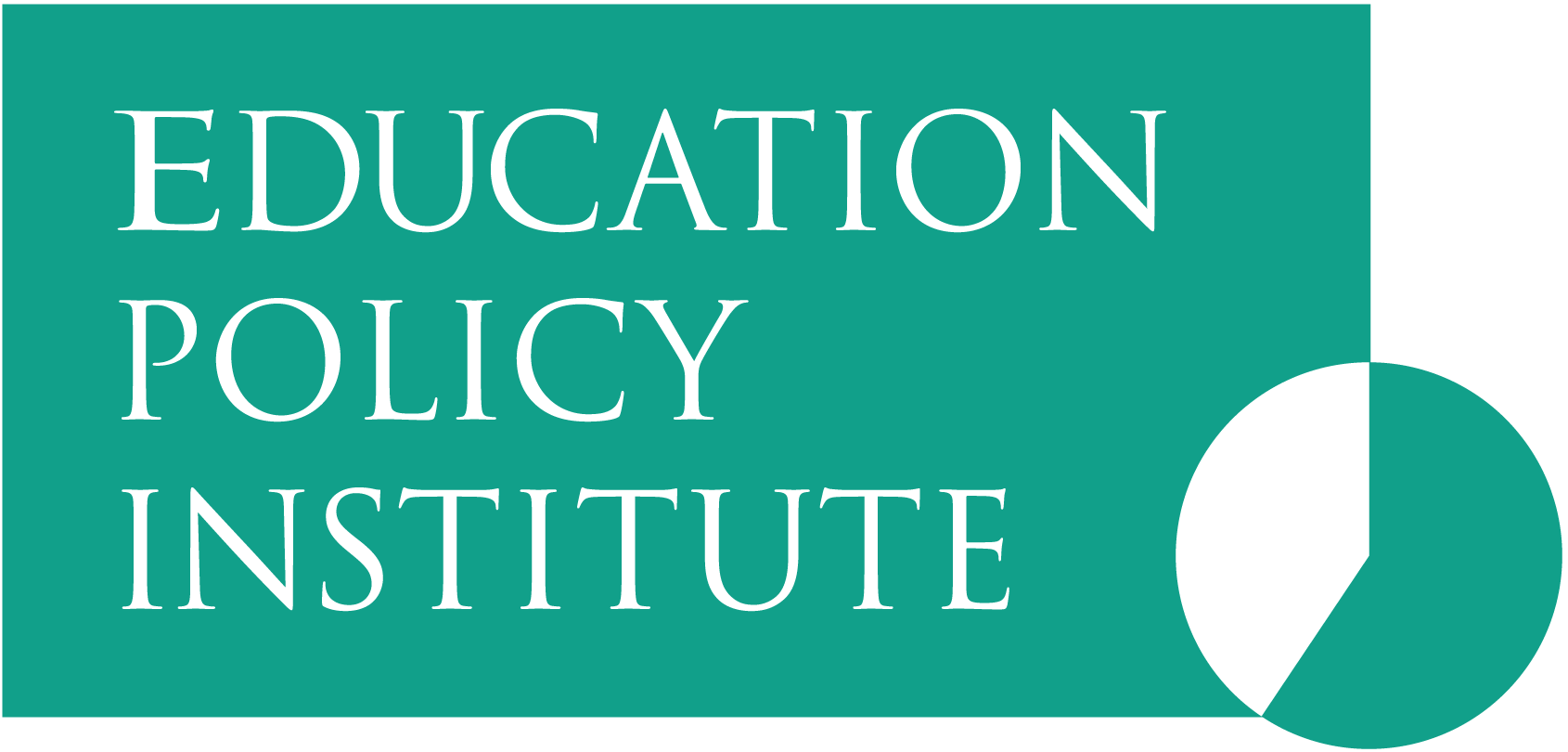Education Policy Institute (EPI) and the Early Intervention Foundation (EIF) have published two reports examining the key features of quality in early years childcare provision that have the greatest potential to maximise child outcomes.
The reports undertake detailed reviews of factors relating to structural quality (EPI) and process quality (EIF).
This blog below summaries the key findings of both reports.
Children in England are spending an increasing amount of their early lives in government-funded early years childcare. And this represents a significant investment of public funds: with the roll-out of 15 hours of free childcare for 3 and 4-year-olds during the 2000s, the introduction of the disadvantaged 2-year-old entitlement in 2013 and the additional 15 hours of free childcare for 3 and 4 years for in-work households from 2017, the government is projected to spend around £6 billion a year on childcare provision by 2019/20.
This investment is not without grounds. There is good evidence that attending early years provision can improve a wide range of child outcomes, from ensuring children’s healthy cognitive, behavioural, social and physical development, to laying the foundations for future, longer-term developmental milestones. With this in mind, the government has set out a commitment to improving social mobility in its action plan, Unlocking Talent, Fulfilling Potential, in part by focusing on early years education provision.
However, despite the strong consensus that high-quality childcare provision can generate significant and sustained improvements in child outcomes, there remains a lack of clarity as to what this high-quality provision looks like in practice. We think there are two important ways of looking at quality in early years provision:
- Structural quality relates to inputs that are more easily observed, measured and regulated, such as group size, child–teacher ratios, staff retention, and teachers’ training and professional development.
- Process quality captures children’s day-to-day experiences and includes the educational activities undertaken, the types of interactions between children, teachers and parents, and the way in which routine care needs are met.
These two areas are interrelated: structural elements provide the context in which process quality can operate most effectively. Understanding and agreeing what ‘high-quality early years provision’ looks like requires us to look at both aspects, side by side.
To help with this, EPI and EIF have published two reports on the key features of ‘quality’ in early years childcare provision that have the greatest potential to maximise child outcomes, focusing on structural quality and process quality respectively.
Both reports highlight the considerable evidence gaps that remain in terms of what is most beneficial to children’s outcomes. If the government is serious about using early years provision to improve outcomes, particularly for disadvantaged children, then it must pay attention to these findings and ensure the future research agenda is designed to address the evidence gaps we have identified.
Structural quality in early years provision
The EPI report brings together key sources related to structural quality in early years provision, focusing on the so-called ‘iron triangle’: workforce training and professional development, child-to-staff ratios and group size. Overall, we found that structural elements have an impact on children’s outcomes across several domains, both socio-emotional as well as cognitive.
- A formal degree with at least some specialised training in early childhood education or child development is useful in delivering the skills and knowledge that support optimal teacher behaviour. However, a clear strategy to deliver systematic, sustainable and transformative continuing professional development to staff working in different roles is needed for training to make a difference for quality;
- More favourable ratios (fewer children per staff) lead to better children’s outcomes as they provide the opportunity for more individualised attention and are conducive to better teacher and child behaviour.
- Early years settings are required to adhere to ratios that are in line with generally agreed upon guidelines, yet ratios in Reception year classes are much higher than what those recommended to maximise the impact on children’s outcomes.
- Smaller class sizes for the entire school day are associated with improved children’s outcomes, greater educational effectiveness and other benefits at classroom level. While classroom sizes for children aged 0–4 are not regulated in England, they are usually kept in line with what is considered best practice. In Reception year, however, 30 pupils per class in England is the norm, despite international evidence showing that the maximum average size of 20 children per class as best practice for this age group.
- Failure to sufficiently support each element of the ‘iron triangle’ – workforce training and professional development, child-to-staff ratios and group size – is likely to result in adverse outcomes for children.
Recommendations for future research
Recognising some research limitations, and based on the evidence gaps detailed in the report, the following areas were identified as having strong potential for further investigation and trials:
- More rigorous research in needed around the topic of pre-service and in-service training, both to understand the value-added of a degree with a specialisation in early childhood, and to assess whether CPD can be a substitute for pre-service training – and if so, to what extent.
- Additional testing should be carried out on the effectiveness of different staffing structures in terms of levels and types of qualifications, training routes into the profession, and years of experience. A clear focus should also be taken as to understanding how staff working with very young children (age 0–2) differ from staff working with 3- and 4-year-old and Reception year children.
- Coaching has shown strong promise as an effective model of in-service training delivery. Other models should also be tested, such as supervised teaching or mentoring.
- Very little rigorous research has been carried out to isolate the impact of smaller ratios and class size in nursery and Reception year classes (for example, without changing teachers’ qualification requirements).
- Specific testing in Reception year should be carried out, above all to assess the impact of smaller classroom sizes in this year group. Recognising the cost implications of such a policy, we suggest that different staffing structures in Reception year could allow for bigger classes to be organised into small groups so as to achieve smaller ratios at least during certain activities (such as those which are more academically focused).
Download: Structural elements of quality early years provision: A review of the evidence (EPI)
Process quality in early years provision

The EIF report, based on a rapid evidence assessment (REA) carried out by researchers at RAND Europe, provides a synthesis of 108 studies from the past 10 years, reflecting the impact of 83 specific programmes or practices.
Overall, the studies included reported favourable outcomes for children across the domains of language and literacy, mathematics, cognitive, socio-emotional and physical outcomes. Although the review did not set out to look at manualised programmes, the majority of the high-quality empirical studies conducted in this area had tested the impact of such programmes, as opposed to testing the impact of specific elements of practice.
Furthermore, the review identifies a number of other significant weakness in the current evidence base. This makes it hard to draw conclusions about what elements of process quality are most effective. These limitations include:
- The majority of these studies came from the US, which limits the generalisability of their findings to the UK context.
- Studies often lacked detailed descriptions of the programmes they were examining, making it hard to assess what the components of the intervention included.
- Most interventions operated at multiple levels within the setting, combining elements of training or selection, curriculum material and design, and changes to whole-setting ethos. As individual elements were rarely tested in isolation, studies were only able to report on whether programmes were effective, not what elements led to the improvement in outcomes.
- There was limited evidence reported on programmes having longer-term impacts, meaning we only know for a few programmes whether sustained impacts were found.
- Few programmes tested the differential impacts on different groups of children – for example, by age or at-risk group, such as economically disadvantaged – which means that the report could make no recommendations on how practice should vary or be targeted most effectively.
Recommendations for future research
The volume and breadth of articles identified in this review underscores the challenge faced in distilling clear recommendations. Our report was unable to identify specific pedagogical practices that were shown to be more effective than others at improving outcomes. However, the report was able to identify specific recommendations for future research:
- There is an opportunity to develop research focusing on specific areas of early years teaching and practice. There are a range of pedagogical practices and principles – such as scaffolding and child-centred learning – which are widely accepted as being part of effective early years education. However, we found few studies that considered the impact of these practices in isolation.
- More rigorous research into the effectiveness of programmes in England is needed. Knowing that a programme or practice has been shown to be effective is a good starting point. But given that the majority of the studies reviewed were conducted in the US, this severely limits the generalisability of the existing findings to England.
- Future research should provide greater detail on implementation. It is only possible to identify what aspects of programmes and practice are most effective if researchers are able to assess in more detail the variation across programmes and how they were implemented.
- More research is needed on the differential impacts of practice for children below the age of 3, and children at risk from poor outcomes. The relative scarcity of studies investigating these areas means that policy-makers and practitioners are not able to focus their attention on children at greatest risk of falling behind their peers in terms of key developmental milestones.
- A greater focus is needed on assessing on the sustained impacts of programmes with future studies prioritising follow-up measurement with children over longer periods of time. Without such evidence, policy-makers and practitioners are not able to focus their attention on programmes with the longest impacts.
Download: Teaching, pedagogy and practice in early years childcare: An evidence review (EIF)



